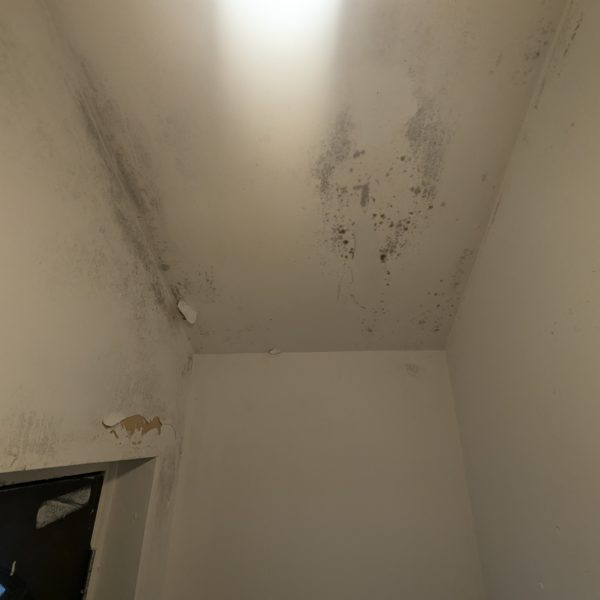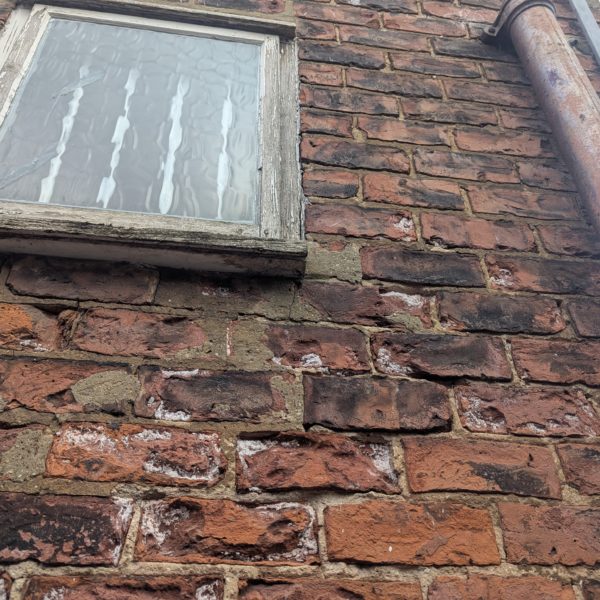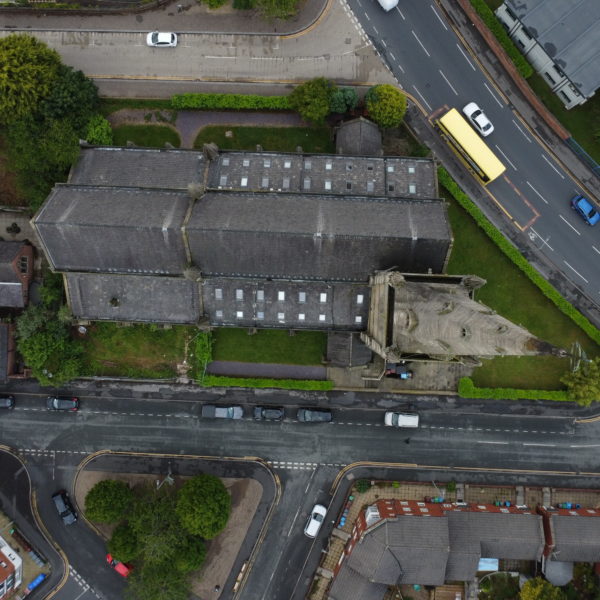When leasing a property, it’s essential to understand a term that often catches tenants and landlords off-guard—dilapidations. Put simply, dilapidations refer to any repairs or maintenance required to return a property to the condition as set out in a lease agreement. If you’re a tenant or prospective tenant, understanding your dilapidation liabilities can save you considerable stress, money, and potential disputes with your landlord. This guide will walk you through the basics of dilapidations, proactive steps to take during your lease term, and why professional advice is a wise investment.
Speak to a member of the team todayWhat are Dilapidations
In commercial property leasing, “dilapidations” usually refers to issues of disrepair or deterioration of a leased property that a tenant is responsible for addressing. These could be related to structural issues, interior maintenance, general state of repair, alterations made to the unit, compliance issues or even aesthetic factors like decoration. When a lease ends, the landlord may issue a dilapidations claim if the property isn’t returned or expected to be returned in the agreed-upon state. This could lead to significant costs for the tenant, so being proactive is key.
Understanding Tenant Liabilities
Before entering a lease, it’s helpful to assess the property condition and clarify your maintenance and repair obligations. Nearly every tenant will take advice from a solicitor during the process, which is often invaluable and ensures you’re covered from a legal perspective, but won’t necessarily take into the condition of the property itself and the obligations as to repair, reinstatement, statutory and decoration. This type of advice is provided by a dilapidations specialist, typically a chartered surveyor. Many tenants opt for a pre-lease survey or a dilapidations assessment, which provides a snapshot of the property’s condition and highlights any existing issues.
The main benefits of a pre-lease survey include:
- Identifying current property condition: This allows you to negotiate and potentially limit your repair responsibilities for pre-existing issues.
- Understanding your lease terms better: Lease agreements can be complex, but a professional surveyor can help clarify what maintenance responsibilities fall on you.
- Strategic negotiation: Negotiate lease terms with a view to limiting or removing elements of your lease terms which are likely to become costly in the future.
- Estimating future costs: Knowing what’s required can help you budget for potential repairs or negotiate for certain obligations to be the landlord’s responsibility.
- Future proofing and maintenance strategy : Planning ahead against maintenance spend to take into elements which will also fall within your lease liabilities, providing justification for expenditure and ensuring costs are accommodated within operational budgets.
In the long run, investing in a pre-lease survey may save substantial amounts in unexpected dilapidation liabilities.

Why Being Proactive About Dilapidations Benefits Both Tenant and Landlord
Being proactive throughout the lease can benefit both tenants and landlords. For tenants, it ensures that they remain compliant with lease terms and can budget for repairs over time. For landlords, regular property upkeep maintains the property’s value and helps prevent extensive, costly repairs at the lease’s end.
For Tenants:
- Cost Management: By addressing minor repairs throughout the lease, tenants avoid a large dilapidations bill at the end.
- Avoiding Disputes: Clear communication and compliance with lease terms prevent friction with the landlord and facilitate a smoother lease-end process.
For Landlords:
- Property Value Retention: Regular upkeep protects the asset value.
- Minimized Vacancy Gaps: A well-maintained property can be quickly re-leased without the need for extensive repairs, reducing vacancy time.
Key Points During a Lease Term to Seek Professional Advice
Engaging a surveyor or property advisor at strategic points during the lease term can help ensure you’re on track with maintenance obligations. Here are a few key milestones:
1.Lease Inception: Conduct a pre-lease survey to understand existing property conditions and potential liabilities.
2. Mid-Term Review: If the lease spans several years, consider a mid-term dilapidations assessment. This is especially valuable for long leases, as it gives you a chance to address any accruing repairs and set aside appropriate funds in the event of an exit requirement.
3. Prior to Lease Expiry: Engage a surveyor around 6–12 months before the lease end date to review the property’s state and assess any necessary remedial work. This helps you plan and budget accordingly.
Professional advice at these stages can ensure compliance with lease terms and a clear understanding of any maintenance obligations.
Timeline of the Typical Dilapidations Process
The dilapidations process typically follows these steps:
- Lease Expiry or Nearing Expiry: The tenant and landlord discuss property condition and potential dilapidations liabilities.
- Serving a Schedule of Dilapidations: If the landlord believes the tenant has repair obligations, they may issue a Schedule of Dilapidations, outlining items needing repair or replacement. This usually happens toward the end or at the end of a lease.
- Tenant Review: The tenant reviews the schedule and may engage a surveyor to ensure the claims are accurate and justified.
- Negotiations: Both parties negotiate on the items listed, costs, and required standards.
- Settlement or Repairs: The tenant either undertakes the repairs or agrees to a financial settlement with the landlord to cover the dilapidation costs.
How Professional Advice Ensures a Fair and Reasonable Process
Professional advice is invaluable in ensuring a smooth, fair dilapidations process. A property surveyor can:
- Evaluate Claimed Repairs: They ensure that the items on a landlord’s schedule of dilapidations are valid and fall within the tenant’s responsibilities.
- Negotiate Costs: Surveyors can often negotiate fair costs for repairs or argue for a reduction if items listed go beyond what’s required by the lease.
- Assist with Compliance: Professional guidance helps tenants understand and fulfil their obligations whilst staying compliant with legal protocol.
Engaging professionals early helps mitigate the risk of inflated claims and ensures both parties follow best practices for a fair outcome.
For tenants, dilapidations may sound like a complex area, but it’s simply about managing property responsibilities throughout a lease term. A pre-lease survey or mid-term dilapidations assessment provides a clearer picture of what’s required. By staying proactive, you can prevent end-of-lease surprises and manage costs effectively. Key to this process is professional advice; surveyors and property advisors not only help you meet your obligations but also ensure that the dilapidations process remains fair and reasonable.
Taking these proactive steps provides peace of mind and strengthens the tenant-landlord relationship; making dilapidations a more manageable aspect of property leasing.
Speak to a member of the team todayFrequently Asked Questions
What are dilapidations in commercial leases?
Dilapidations refer to the repairs and maintenance a tenant is contractually required to carry out under the terms of a lease. These usually become an issue at the end of a lease term, when the landlord may issue a Schedule of Dilapidations if the property isn’t returned in the agreed condition.
Who is responsible for dilapidations – the landlord or the tenant?
Typically, the tenant is responsible for any dilapidations unless otherwise stated in the lease. This includes repairs, reinstatement of alterations, statutory compliance, and redecoration obligations. Reviewing these responsibilities before signing is essential.
How can tenants avoid unexpected dilapidations costs?
Tenants can avoid unexpected costs by:
- Planning repairs or negotiations before lease expiry
- Conducting a pre-lease survey to identify existing issues
- Seeking professional advice to understand lease obligations
- Scheduling mid-term reviews to manage ongoing liabilities
What is a Schedule of Dilapidations?
A Schedule of Dilapidations is a formal document issued by the landlord that lists items the tenant must repair or reinstate at the end of the lease. It is typically served close to or after lease expiry and forms the basis of any claims or negotiations.
Is a dilapidations survey necessary before signing a lease?
Yes. A pre-lease dilapidations survey helps tenants:
- Avoid taking on responsibility for prior defects
- Identify pre-existing damage
- Clarify their repair liabilities
- Negotiate lease terms more effectively
When should a tenant get professional advice on dilapidations?
Ideally, tenants should engage a chartered surveyor:
- 6–12 months before lease expiry (exit strategy assessment)
- Before signing the lease (pre-lease survey)
- Midway through the lease (maintenance review)
Can dilapidation costs be negotiated?
Yes. With expert representation, tenants can negotiate costs, challenge invalid claims, and often agree on a financial settlement instead of completing physical repairs.
What happens if dilapidations are ignored?
Ignoring dilapidations can result in:
- Potential enforcement through the courts
- Legal disputes
- Inflated costs through contractor markups and reduced negotiating position
- Damage to landlord relationships
How does a chartered surveyor help with dilapidations?
A chartered surveyor:
- Negotiates fair settlements
- Their involvement ensures compliance and prevents overpayment.
- Assesses property condition
- Interprets lease repair clauses
- Challenges unreasonable claims
What areas do your dilapidations surveyors cover?
Our dilapidations experts work across England & Wales, with regional bases in the North West, Yorkshire, The Midlands and London and the South East.
Are dilapidations tax-deductible?
In many cases, dilapidation payments are tax-deductible for the tenant as a business expense. However, it’s recommended to consult with a tax advisor or accountant for case-specific guidance.
Need help understanding your lease obligations?
Contact Fourth Wall Chartered Surveyors for expert dilapidations advice, pre-lease surveys, and tailored tenant support.
Speak to a member of the team today








